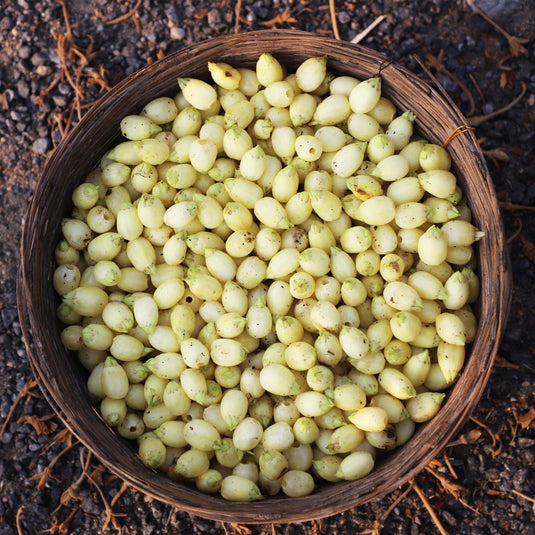Honeycomb, the wax structure that honeybees build to store honey and raise their young, has a number of valuable by-products that can be used for a variety of purposes. Here are some of the most common by-products of honeycomb:
-
Beeswax: Beeswax is the most well-known by-product of honeycomb. It is a natural wax that is secreted by the bees and used to build the honeycomb. Beeswax has many uses, including making candles, cosmetics, soaps, and even furniture polish. It is also used in some food products as a natural food additive.
-
Propolis: Propolis is a sticky, resinous substance that bees collect from trees and plants. They use it to seal gaps and cracks in the hive and to protect it from bacteria and other pathogens. Propolis has been used for centuries as a natural remedy for a variety of health conditions, including sore throats, colds, and infections. It is also used in some cosmetics and dental products.
-
Royal Jelly: Royal jelly is a milky substance that is secreted by worker bees and fed to the queen bee. It is rich in nutrients and has been used for centuries as a natural remedy for a variety of health conditions. It is also used in some cosmetics and dietary supplements.
-
Pollen: Bees collect pollen from flowers and bring it back to the hive as a food source. Pollen is rich in protein, vitamins, and minerals, and has been used for centuries as a natural remedy for a variety of health conditions. It is also used in some dietary supplements.
-
Honey: Honey is the primary product of honeycomb and is used for a variety of purposes, including food, medicine, and cosmetics. Honey is a natural sweetener and is also used in some cough syrups and wound dressings for its antibacterial properties.
Overall, honeycomb has a number of valuable by-products that can be used for a variety of purposes. These products are all-natural and have been used for centuries for their health and medicinal benefits, as well as for their cosmetic and decorative properties.


